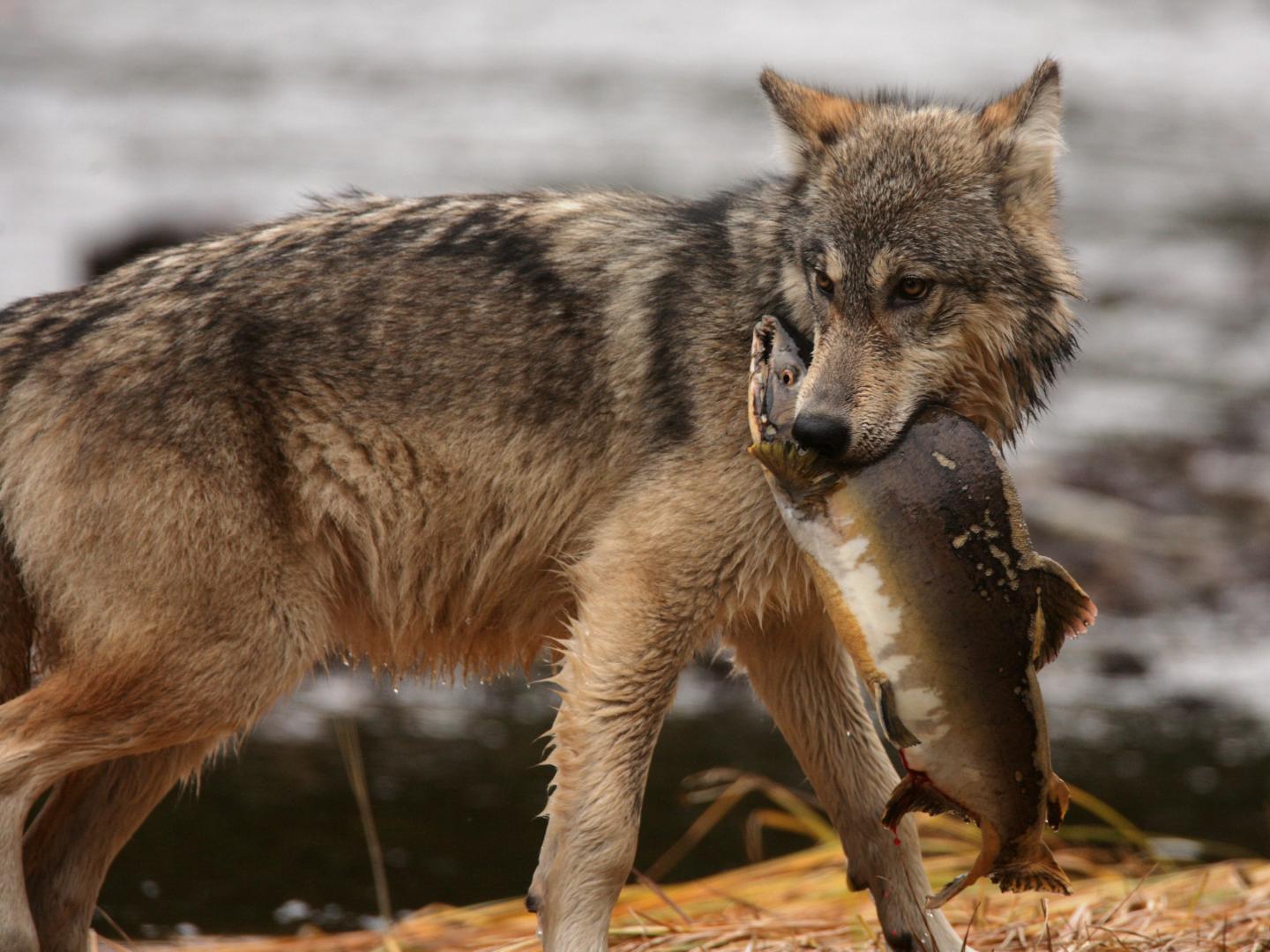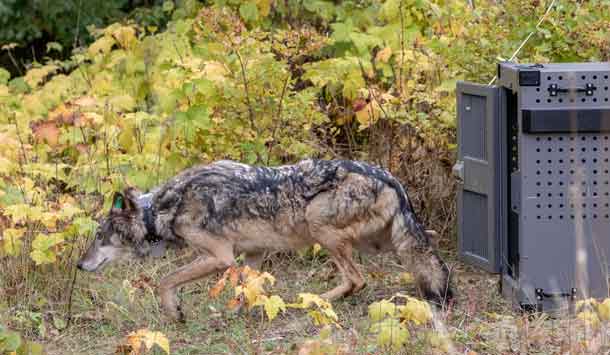TORONTO – The Ontario Court of Appeal has granted Ontario Nature and Wildlands League leave to appeal a lower court ruling that puts already endangered species at further risk of extinction.
“Biological diversity is a great treasure of our planet with ecological, social, economic, cultural and intrinsic value, yet we are losing plants and animals forever at an alarming rate due to human activities,” says Caroline Schultz, Ontario Nature’s Executive Director. “That’s why the Endangered Species Act was put in place — as an essential safeguard to protect Ontario’s natural heritage for our kids.”
This marks the first time environmental groups have won the right to appeal to the Ontario Court of Appeal on a case about the Endangered Species Act (ESA) or about endangered species.
The appeal, to be argued by lawyers from Ecojustice, challenges the Ontario Divisional Court’s decision to uphold a provincial regulation that exempts major industries from the ESA and allows those industries to kill species at risk and destroy their habitat.
“The Court of Appeal only hears appeals of public importance,” said Lara Tessaro, Ecojustice lawyer. “The Court has signalled that our clients’ legal challenge to this regulation, which deprives endangered species of the law’s protection, is important to Ontarians.”

When it was introduced in 2007, the ESA was considered the gold standard law for species protection in North America. Recent years, however, have seen Ontario avoid its duties to protect at-risk wildlife.
A regulation made by Cabinet in 2013 exempts major industries — including forestry, mining, energy, and residential development — from the strict protection standards outlined in the ESA. In many instances, these exemptions give industries a free pass to kill endangered or threatened species, and destroy their habitat, as long as this harm is “minimized.”
Species threatened by the regulation include the American Eel, Blanding’s Turtle, Lakeside Daisy, Eastern Hog-nosed Snake, Acadian Flycatcher and the iconic Woodland Caribou.
“We can’t allow the government to turn its back on at risk birds, turtles and mammals just so it can save a few bucks,” said Anna Baggio of CPAWS Wildlands League. “It is up to Ontario to provide a lifeline not an anchor for these species when faced with imminent threats of extinction.”






